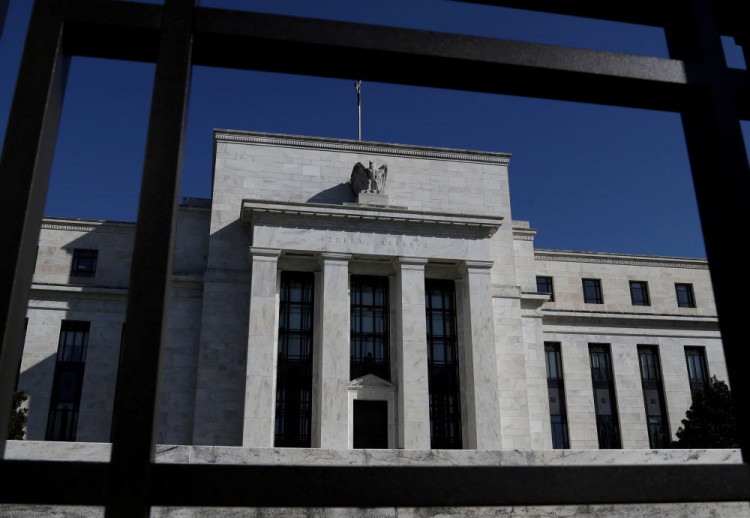Rate Hike Stance: Federal Reserve Governor and current FOMC voting member Michelle Bowman reiterated her stance on Monday, emphasizing the Fed's need to continue raising interest rates to fully restore price stability. At an event, Bowman highlighted her support for the rate hike in the July meeting and anticipated further hikes to bring inflation back to normal levels.
Bowman stressed that the Fed's future actions would hinge on upcoming economic data. She noted that the labor market remains tight, saying, "Over the past year, we've made progress in reducing inflation, but it's still significantly above the FOMC's 2% target. The labor market remains tight, with job vacancies far exceeding the number of available workers."
The non-farm payroll report on Friday revealed that U.S. non-agricultural employment increased by 187,000 in July, below expectations. However, the unemployment rate unexpectedly fell to 3.5%, maintaining its lowest level in decades.
Bowman also mentioned on Saturday that she's looking for evidence of a persistent and meaningful downward path in inflation to determine whether to further raise the federal funds rate.
Differing Views:
Bowman's perspective starkly contrasts with that of New York Fed President John Williams, who holds a permanent voting right on the FOMC. A report in The New York Times today indicated that Williams, during an interview, opined that if inflation continues to decline and the Fed doesn't cut rates, then real interest rates will keep rising, running counter to the Fed's objectives. He suggested that a rate cut might be in the cards for next year or the year after.
Williams believes that the labor force growth over the past year or so is largely a result of the post-pandemic recovery in the labor market. Such growth, he said, isn't sustainable in the long run.
The Federal Reserve raised its benchmark short-term interest rate by 25 basis points at the end of last month, bringing it to a range of 5.25% to 5.50%. Investors widely believe this might be the last hike in this round of the Fed's rate-hiking cycle. However, Fed officials have underscored that it's too early to draw such a conclusion.
The next FOMC meeting is slated for September, providing officials with ample time to review more data about inflation, the employment market, and the broader economy.






